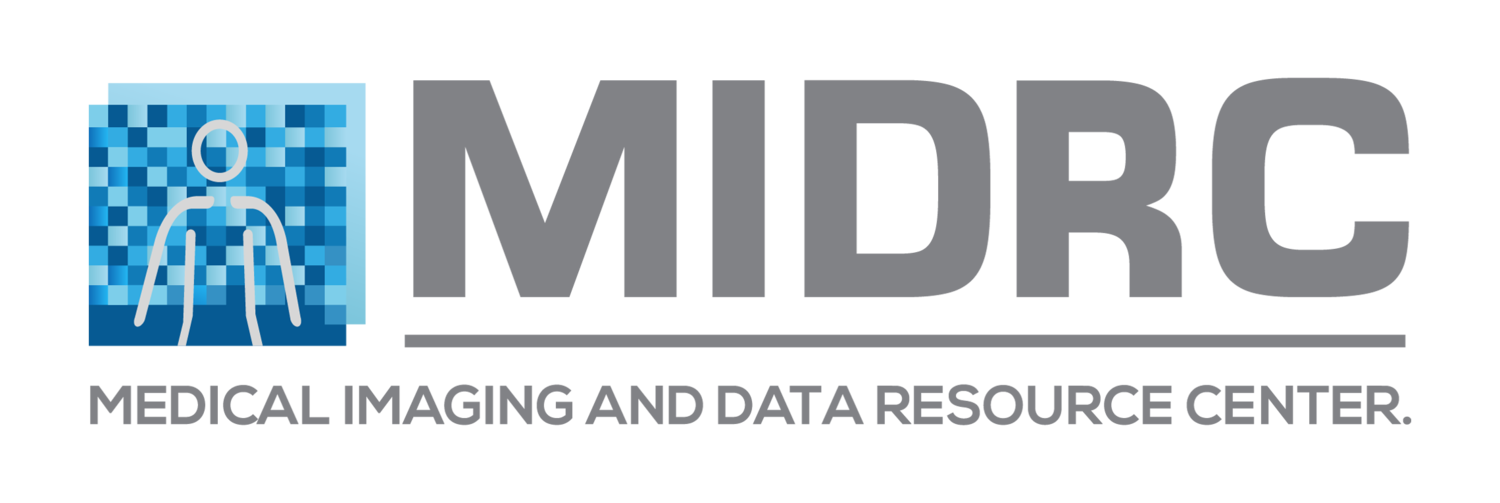Collaborative Research Project 11
Principal investigators: Weijie Chen (FDA), Maryellen Giger (University of Chicago), Sandy Napel (Stanford University), and Diane Lauderdale (University of Chicago)
Investigation of image-based biomarkers for radiogenomics.
Updated January 19, 2024
Members:
Weijie Chen, PhD, (lead), US Food and Drug Administration, Rui Carlos Pereira De Sá, PhD, NIH, Maryellen Giger, PhD, University of Chicago, Diane Lauderdale, PhD, University of Chicago, Seyed Kahaki, PhD, US Food and Drug Administration, Sandy Napel, PhD, Stanford University, Emily Townley, AAPM, Heather Whitney, PhD, University of Chicago
Effective disease diagnosis and treatment relies on the information from multiple patient tests involving clinical, molecular, imaging, and genomic data. Radiomics, an expansion of computer-aided diagnosis, is a growing effort that involves these computerized image analyses in an attempt to further relate quantitative image data to other “-omic” data such as clinical, pathologic, and genomic data [Zhu 2015]. The integration of imaging data (radiomics) with genomic data, referred to as “imaging-genomics” or “radiogenomics”, allows for the study of associations between the radiomic phenotypes and the genomic measurements of the same disease site. Radiomic phenotypes that are highly correlated with important clinical, molecular, or genomic biomarkers can potentially serve as diagnostic or prognostic tools for patient monitoring and assessing therapeutic response, and thus augment the utility of medical imaging as a non-invasive technology for pneumonia care, like a “virtual digital biopsy”. Using MIDRC datasets, CRP 11 has been investigating relationships between computer-extracted quantitative radiomic features and various clinical, molecular, and genomics markers of prognosis and risk of recurrence, including gene expression profiles, and assess the predictive ability of the quantitative imaging features relative to multiple tasks: clinical stage, risk of recurrence, and genomics.
Current plans include
Create a multi-omics dataset of various diseases, including quantitative descriptors/radiomics of patients over time from CXRs, CTs, US, and MRIs along with their molecular and genomic markers, which will be made openly available for discovery by computational biologists and machine learning experts.
Determine if these quantitative radiomics (virtual biopsy) of can serve as a surrogate biomarker for assessing the molecular environment, enabling translation of virtual biopsies.

